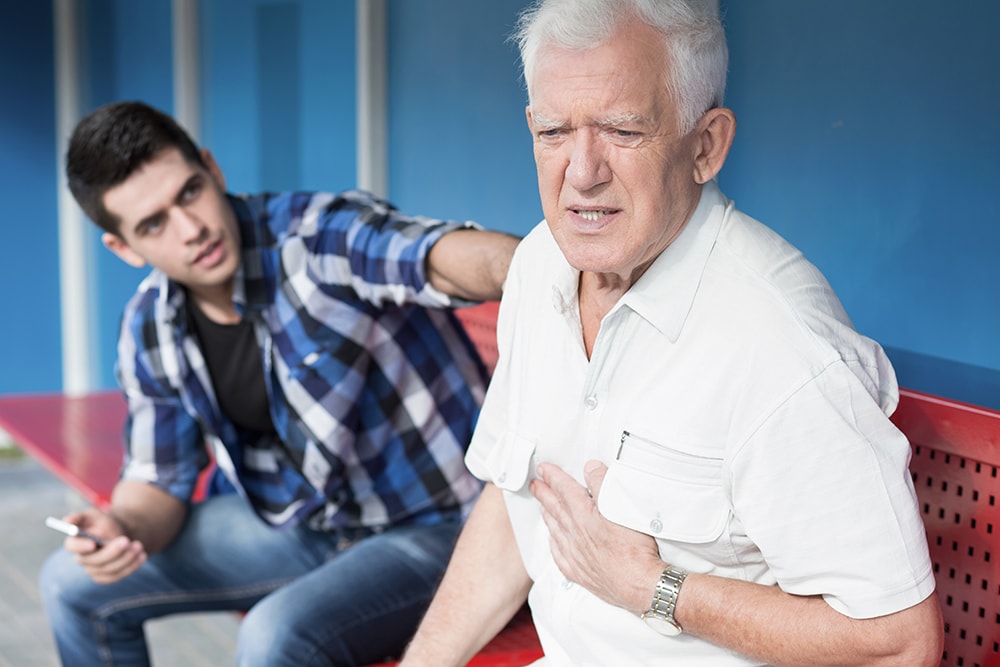
What is CPR?
Cardiac arrest is the abrupt loss of heart function in a person who may or may not have been diagnosed with heart disease. Cardiac arrest is often fatal, if appropriate steps aren’t taken immediately.
In one year alone, 475,000 Americans die from a cardiac arrest. Globally, cardiac arrest claims more lives than colorectal cancer, breast cancer, prostate cancer, influenza, pneumonia, auto accidents, HIV, firearms, and house fires combined.
What To Do In Case Of
Cardiac Arrest
If you have tried and failed to get the person to respond, and you think the person may be suffering cardiac arrest, here’s what to do:
Yell for help Tell someone nearby to call 911 or your emergency response number. Ask that person or another bystander to bring you an AED (automated external defibrillator), if there’s one on hand. Tell them to hurry – time is of the essence.
If you’re alone with an adult who has these signs of cardiac arrest, call 911 and get an AED (if one is available).
1
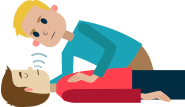
Check breathing If the person isn’t breathing or is only gasping, administer CPR.
2

Give CPR: Push hard and fast Push down at least two inches at a rate of 100 to 120 pushes a minute in the center of the chest, allowing the chest to come back up to its normal position after each push.
3
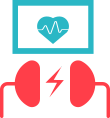
Use an AED Use the automated external defibrillator as soon as it arrives. Turn it on and follow the prompts.
4
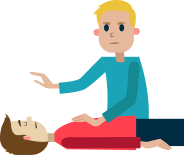
Keep pushing Continue administering CPR until the person starts to breathe or move, or until someone with more advanced training takes over, such as an EMS team member.
GET TRAINED
The investment of time and effort to learn CPR is small. The potential payoff — saving a life — is huge.
TIMELINE OF CPR
- 0 to 4 minutes, unlikely development of brain damage
- 4 to 6 minutes, possibility of brain damage
- 6 to 10 minutes, high probability of brain damage
- 10 minutes and over, probable brain damage
Fundamentally, cardiac arrest treatment is a community issue; local resources and personnel must provide appropriate, high-quality care to save the life of a community member, a by stander or a co-worker.
One goal—to increase the likelihood of survival with good neurologic and functional outcomes for any person who suffers a cardiac arrest (i.e., improved patient outcomes)—provides the roof for AHYA FOUNDATION.
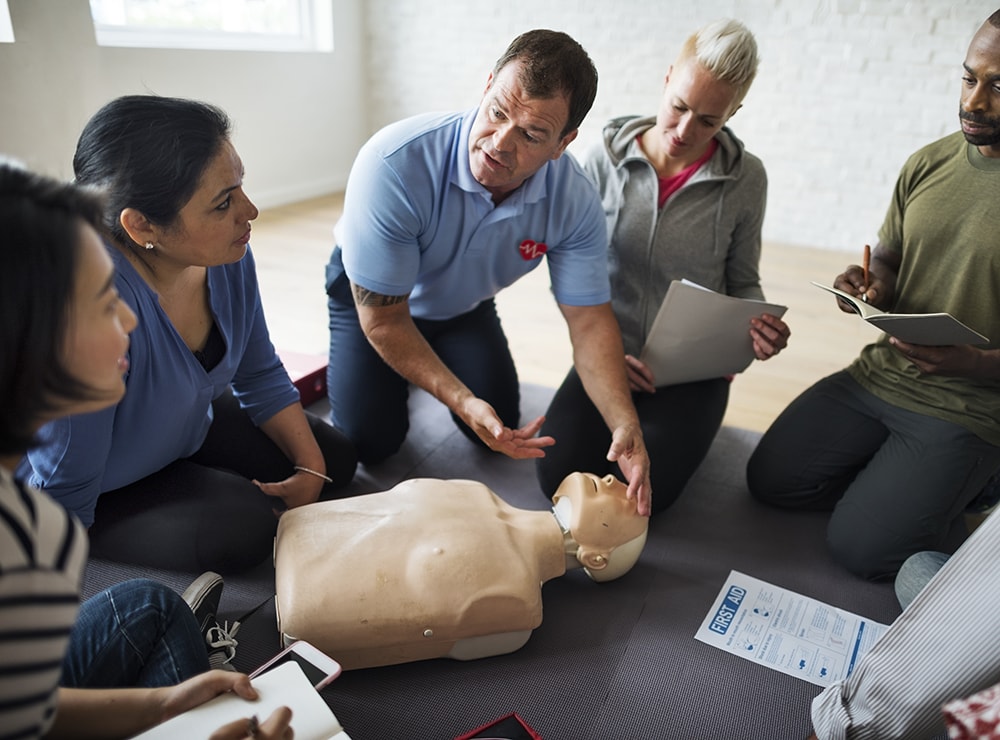
DIFFERENCE BETWEEN

Heart Attack
The term “heart attack” is often mistakenly used to describe cardiac arrest. While a heart attack may cause cardiac arrest, the two terms don’t mean the same thing.
Heart attacks are caused by a blockage that stops blood flow to the heart. A heart attack (or myocardial infarction) refers to death of heart muscle tissue due to the loss of blood supply.
VS

Cardiac Arrest
By contrast, cardiac arrest is caused when the heart’s electrical system malfunctions. The heart stops sending blood to the body and brain, either because it is beating too fast and too erratically, or because it has stopped beating altogether. Oxygen-starved brain cells start to die. Death occurs in minutes — unless a bystander takes matters into his or her hands and starts CPR.
Doing CPR keeps blood circulating until trained and better-equipped first responders arrive on the scene to jump-start the heart back into a normal rhythm.
Get in touch with us



